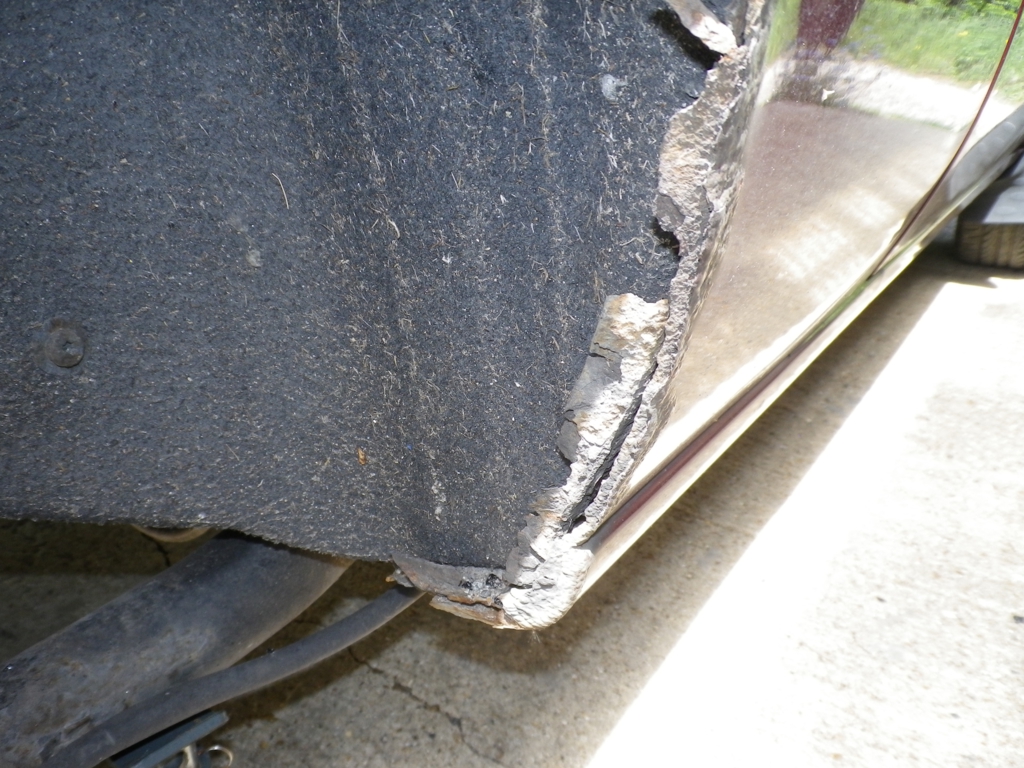I've always liked Karcher washers and have been very impressed with a Karcher wet vac I recently purchased so thought I would give the branded one a try, rather than a cheaper Ebay unit.
What always concerned me when buying refurbished product is not knowing what you will get in terms of damage, visible wear to the body etc. Therefore I thought I would share my unboxing and first impressions with others.
Part One - Packaging
So its a refurbished machine and that means no pretty retail packaging:
It comes wrapped in this fairly sturdy branded brown box, no signs of excess trauma from its adventure through the courier network en route to me.
Also when opened the machine and accessories are very securely wrapped in machine folded brown paper rather than lots of polystyrene or blow moulded plastic:
The functional boxing doesn't bother me provided the contents are safe and secure. Also if one is buying a steam cleaner for eco detailing then recyclable rather than disposable packaging would defiantly appeal. One is not going to save the planet if the next years eco detailing is needed to offset the carbon footprint of a pretty coloured box!
Part Two - First Look
So on peeling back the first (of many!) layers of brown paper we get a look at the machine and it looks like new. Be careful when unwrapping as the parts are free in the box so don't get anything caught up in the paper.
Part Three - What's in the box
So all laid out and free from its cardboard cocoon we have:
- 1 Steamer unit with captive hose and mains lead
- Two Extension wands
- 1 Floor Brush with 1 cloth cover
- 1 Bristled hand tool brush with a cloth cover
- 1 Detail brush
- 1 Angled detail nozzle (Attached to trigger assembly)
- Instructions
- 3 De-scaler sticks
Part Four - Close ups
So first impressions were very good but what marks or scratches, if any, give this away as a refurbished unit.
Certainly in my case there was very little indication that the unit was anything other than brand new.
The body of the steamer and the accessories all seem unmarked as shown below:
The only marks I found were some scaly sludge around the water tank inlet and on the base of the tank cap:
Some of the sludge may actually be grease from close inspection but these are the only evidence I could find that this wasn't a brand new item.
Part Five - First try
So time to give this a try, I rinsed out the tank and added fresh water. The instructions do say cold but I added warm tap water and the machine hit pressure within about 5 minutes. Book time states approximately 8 minutes from cold to reach pressure.
Usage is very simple, fill up with a litre of water, secure the tank cap and plug in.
The power light and orange heating light will come on, once ready to use the orange light goes out.
I did find that a fair amount of water blows out of the nozzle before it starts to release steam, this may be condensed steam from the cold hose but it quickly clears.
On full power, there are two settings on the trigger, the machine emits a very powerful blast of steam. I ran it along the cooker where a very annoying crevice runs the full width of the unit and the muck was literally blown out the end. First lesson learnt, watch where the fallout will go, as I had to wipe water and grease off the neighbouring washing machine.
Next up I attached the extensions and floor brush and steamed an area of carpet that didn't smell too good. The carpet had been thoroughly Vaxed the day before but contributions from an elderly dog had caused some stink to take up residence in a small area. Not to panic the germophobes out there but it was probably some sort of bacteria.
A couple of minutes running the steamer over the affected area and all smells are now gone. I found this interesting as the carpet had been cleaned with carpet detergent mixed with disinfectant until the water running up the Vax nozzle was clear. The carpet certainly looks rejuvenated by the steam, the pile seems to be refreshed and it looks like new.
Part Six - Conclusion
Although I am yet to turn this lose on the car, I am confident that it will be very useful. Certainly based on my experience thus far I would consider another refurbished product from Karcher, and for the money I feel comfortable in recommending this steamer. At around half retail price it is a bargain.
















































